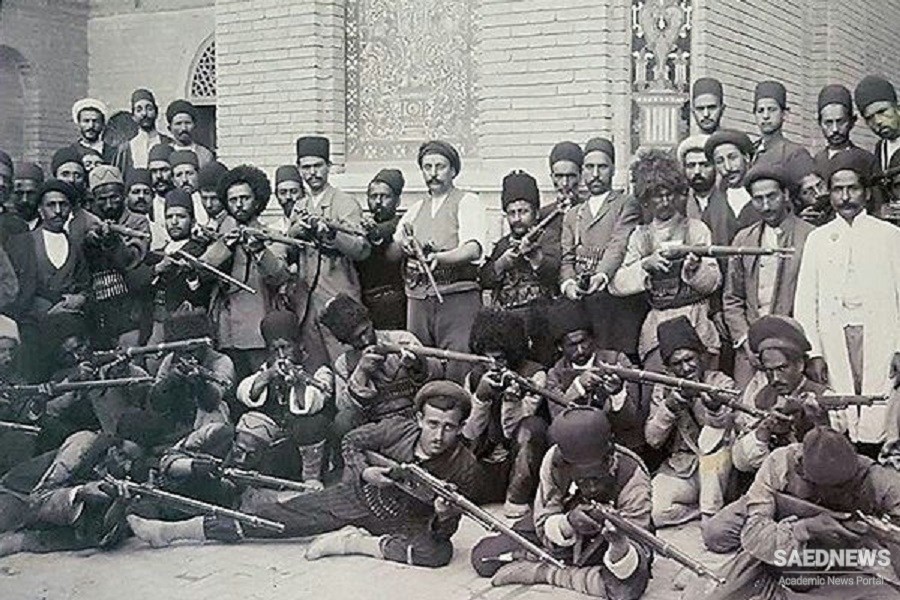From many respects, the Constitutional Revolution was unrivaled in the history of the modern Middle East. Neither the Young Turks Revolution of 1908 nor the anticolonial movements in Egypt in 1919, and elsewhere in the Arab world after World War I, shared the extent of the Constitutional Revolution’s grassroots base. During the five decades of Pahlavi rule, many of the political achievements of the Constitutional Revolution would be compromised by the arbitrary conduct of the state. Later, the Islamic Revolution of 1979 abrogated the Constitution of 1906 altogether. Yet the Constitutional Revolution remained a turning point in the history of Iran above all because it marked a step forward on the path to sociopolitical modernity. Under the veneer of Western liberalism and constitutional order, the revolution tried to offer indigenous answers to a distinctly Perso-Shi‘i problem of social justice that had long been present in the milieu of Iranian dissent. In effect, the revolution sought to secularize Shia millenarian aspirations by incorporating such modern concepts as nationalism, the rule of law, limits to state power, individual rights, and people’s representation. The revolution juxtaposed these principles with the ancient vestiges of kingship and the clerical establishment. The civil war of 1908–1909 between the constitutionalists and the royalists was the climax of a revolutionary struggle, for it weakened Qajar rule and relegated, at least temporarily, the conservative clergy to the political wilderness. The turmoil caused by the revolution, however, was compounded by the European threat of military occupation before and during World War I, which brought an abrupt end to the constitutional experiment and dampened revolutionary aspirations.


 Tobacco Movement the Prologue to Constitutionalism
Tobacco Movement the Prologue to Constitutionalism














































